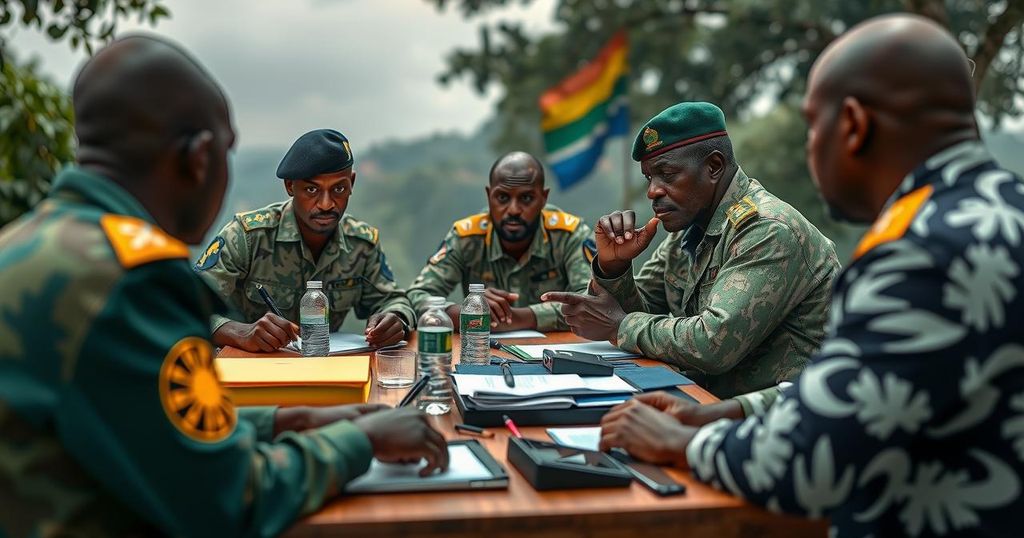The DRC seeks the withdrawal of U.N. peacekeepers amid ongoing violence driven by armed groups vying for control over mineral resources. The potential U.N. exit raises concerns regarding civilian safety and the persistence of conflict. Growing disillusionment with MONUSCO’s effectiveness complicates the situation as the government faces armed threats, particularly from foreign-backed militias like M23. The geopolitical stakes surrounding the DRC’s minerals exacerbate the regional crisis.
The Democratic Republic of Congo (DRC) is in a precarious position as it seeks the withdrawal of United Nations peacekeepers, tasked with maintaining stability in a region rife with violence due to armed groups vying for control of valuable mineral resources. While the Congolese government desires to regain full sovereignty and management of its territory, the repercussions of a premature withdrawal could leave civilians vulnerable and exacerbate the ongoing conflict. The combination of local militia groups and foreign intervention complicates the security situation, underscoring the challenges faced by both the government and the international community in ensuring peace and stability in the region.
The DRC’s eastern provinces, rich in minerals such as cobalt, tantalum, and gold, have been engulfed in violence largely due to foreign armed groups like the M23, which reportedly receive backing from Rwanda. Despite a truce negotiated by the U.S. and Angola that reduced clashes, sporadic fighting persists, particularly between M23 and Congolese forces. The presence of U.N. peacekeepers, known as MONUSCO, has once been seen as a beacon of hope, yet widespread disillusionment has manifested in public protests against their effectiveness.
The MONUSCO mission, established more than two decades ago, faces increasing criticism from the Congolese populace, who express frustration with a perceived lack of decisive action against armed groups. This critical discontent signals the potential pitfalls of an impending U.N. withdrawal amid rising violence. As tension escalates with armed groups, any decision regarding the timeline for the peacekeepers’ exit necessitates careful consideration of the resultant security void.
In addition to regional instability, the geopolitical implications of DRC’s mineral wealth attract international involvement, as external actors maneuver for control over lucrative resources, further complicating peace efforts. The West’s reliance on minerals sourced from this region has, arguably, impeded adequate intervention and accountability regarding foreign involvement in local conflicts.
The DRC has been grappling with intermittent conflict and militarized violence, particularly in its eastern regions, where multiple armed groups compete fiercely for control over mineral resources. These minerals hold significant importance for global industries, particularly in the technology and renewable energy sectors. The involvement of foreign nations, particularly Rwanda, raises further complications, as these countries are purportedly exploiting the situation to enrich themselves at the expense of Congolese civilians. The long-standing presence of U.N. peacekeepers has been both a source of hope for some and frustration for others, leading to growing calls for their withdrawal amidst ongoing violence and instability.
In conclusion, the situation in the DRC illustrates a complex interplay between local factions, international interests, and humanitarian concerns. The desire of the Congolese government to assume control over its security measures clashes with the reality of rampant violence and instability, complicating the proposed withdrawal of U.N. peacekeepers. The international community faces a critical juncture, as inadequate preparation for MONUSCO’s departure could yield disastrous consequences for the civilian population amid a power vacuum. The ongoing challenge remains to balance the DRC’s aspirations for autonomy with the pressing need for security and stability in a region teetering on the brink of further conflict.
Original Source: www.voanews.com






